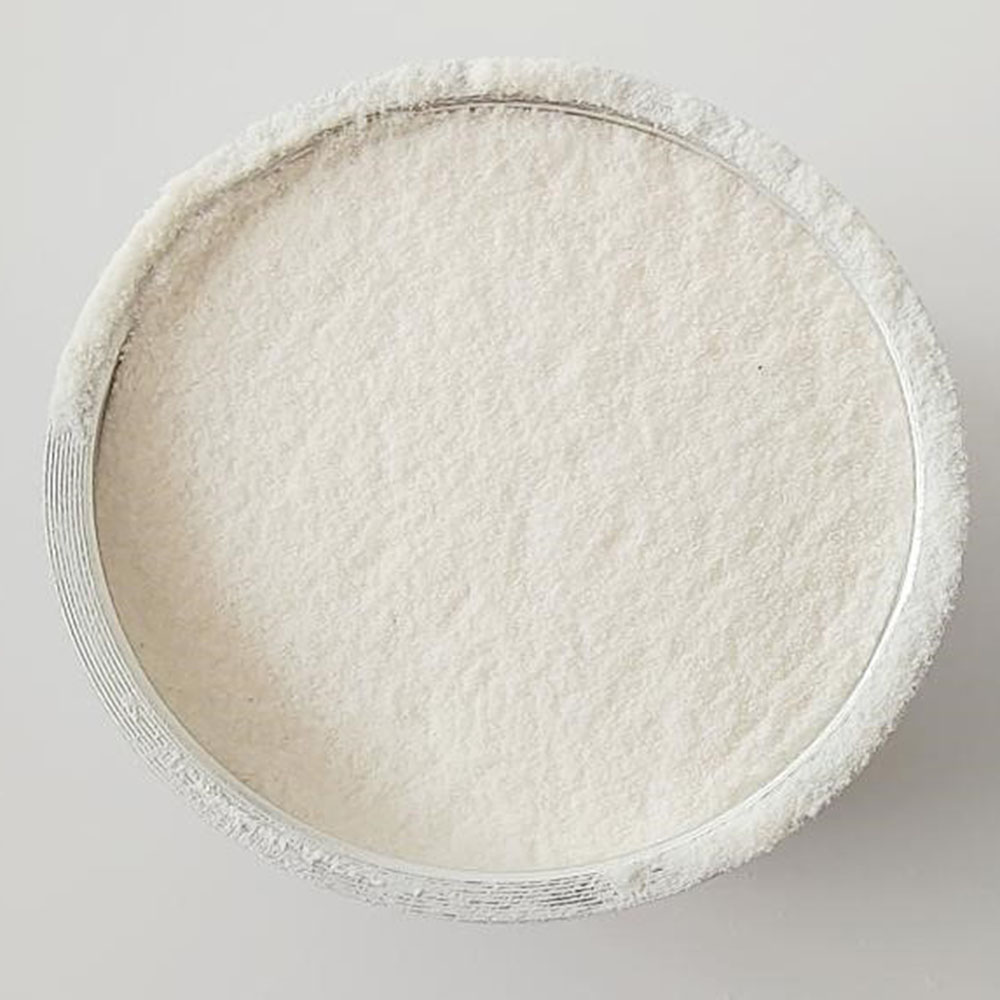Hydroxypropyl Methylcellulose (HPMC): Versatile Additive for Construction, Pharma & More

Hydroxypropyl Methylcellulose (HPMC) is a highly valued additive known for its exceptional versatility across a variety of industries. From construction to pharmaceuticals and beyond, HPMC plays a crucial role in improving product quality, performance, and stability. At KIMA CHEMICAL CO.,LTD, we specialize in providing premium Hydroxypropyl Methylcellulose tailored to meet diverse industrial needs. This article explores the many applications, benefits, and properties of HPMC, highlighting why it remains a preferred choice worldwide.
What is Hydroxypropyl Methylcellulose (HPMC)?
Hydroxypropyl Methylcellulose is a cellulose ether derived from natural cellulose extracted from wood pulp or cotton fibers. It is chemically modified with hydroxypropyl and methyl groups, making it soluble in cold water and exhibiting unique physical and chemical properties. HPMC is a non-ionic, water-soluble polymer with excellent film-forming, thickening, emulsifying, and binding capabilities.
Key Properties of Hydroxypropyl Methylcellulose
Understanding the properties of Hydroxypropyl Methylcellulose is essential to appreciate its wide range of applications:
Water Solubility and Thickening Ability
HPMC dissolves readily in cold water, forming a clear and viscous solution. Its thickening power is adjustable depending on the degree of substitution and molecular weight, making it ideal for controlling viscosity in various formulations.
Film-Forming and Binding Properties
Hydroxypropyl Methylcellulose creates strong, flexible films when dried, making it suitable as a binder and coating agent. These films are stable, transparent, and resistant to oils and solvents.
Thermal Gelation
One of the distinctive properties of HPMC is thermal gelation. When heated, HPMC solutions transition into gels, which revert to liquid form upon cooling. This reversible behavior is advantageous in applications requiring temperature-sensitive performance.
Non-Toxic and Biocompatible
HPMC is non-toxic, non-irritant, and biocompatible, making it safe for use in food, pharmaceuticals, and personal care products.
Applications of Hydroxypropyl Methylcellulose
Hydroxypropyl Methylcellulose’s versatility allows it to serve multiple industries effectively. Below are some major applications:
Construction Industry
Cement and Mortar Additives
In construction, Hydroxypropyl Methylcellulose is widely used as an additive in cement-based products such as tile adhesives, plasters, and mortars. It improves workability, water retention, and adhesion, ensuring better performance and durability of construction materials.
Enhancing Workability and Open Time
By adjusting viscosity and water retention, HPMC extends the open time of cement mixtures, allowing workers more flexibility during application. This property also reduces cracking and shrinkage in dried mortars.
Pharmaceutical Industry
Controlled Drug Release
Hydroxypropyl Methylcellulose is an essential excipient in pharmaceutical formulations. It acts as a controlled-release agent in tablets, regulating the drug’s dissolution rate and ensuring sustained therapeutic effects.
Tablet Binder and Film Coating Agent
Thanks to its excellent binding and film-forming abilities, HPMC is used to manufacture tablets with consistent shape and hardness. Additionally, it serves as a coating agent, protecting tablets from moisture and improving swallowability.
Food Industry
Thickener and Stabilizer
In food products, Hydroxypropyl Methylcellulose functions as a thickening agent and stabilizer, enhancing texture and consistency in sauces, dressings, and bakery items.
Gluten-Free Baking Aid
For gluten-free recipes, HPMC provides the necessary structure and elasticity often missing, resulting in better texture and volume in gluten-free bread and pastries.
Personal Care Products
Hydroxypropyl Methylcellulose is incorporated into shampoos, lotions, and creams as a thickener and stabilizer, improving product feel and consistency.
Benefits of Using Hydroxypropyl Methylcellulose
Enhanced Product Stability
HPMC increases the shelf life and stability of many formulations by preventing ingredient separation and moisture loss.
Improved Processing and Handling
By controlling viscosity and texture, Hydroxypropyl Methylcellulose makes manufacturing processes more efficient and manageable.
Environmentally Friendly and Safe
Derived from natural cellulose and non-toxic, HPMC aligns well with green chemistry principles and consumer demand for safer products.
How to Choose the Right Hydroxypropyl Methylcellulose Grade
Selecting the appropriate grade of Hydroxypropyl Methylcellulose depends on the specific application requirements. Factors include viscosity grade, substitution level, and purity standards. At KIMA CHEMICAL CO.,LTD, we provide customized HPMC solutions to suit your exact needs, backed by technical support and quality assurance.
Quality Control and Standards
Ensuring consistent quality in Hydroxypropyl Methylcellulose is vital for performance. Our products comply with international standards such as USP, EP, and food-grade certifications, guaranteeing purity, safety, and efficacy.
Conclusion
Hydroxypropyl Methylcellulose (HPMC) is a remarkable additive with unmatched versatility and functionality across industries like construction, pharmaceuticals, food, and personal care. Its unique combination of water solubility, thermal gelation, film-forming, and non-toxic properties make it an indispensable ingredient for enhancing product quality and performance. At KIMA CHEMICAL CO.,LTD, we are dedicated to providing high-quality Hydroxypropyl Methylcellulose that meets the rigorous demands of modern industries. Whether you are improving mortar workability, developing controlled-release pharmaceuticals, or creating gluten-free baked goods, HPMC stands out as a reliable and effective solution. Reach out to us today to discover how our Hydroxypropyl Methylcellulose products can elevate your formulations.